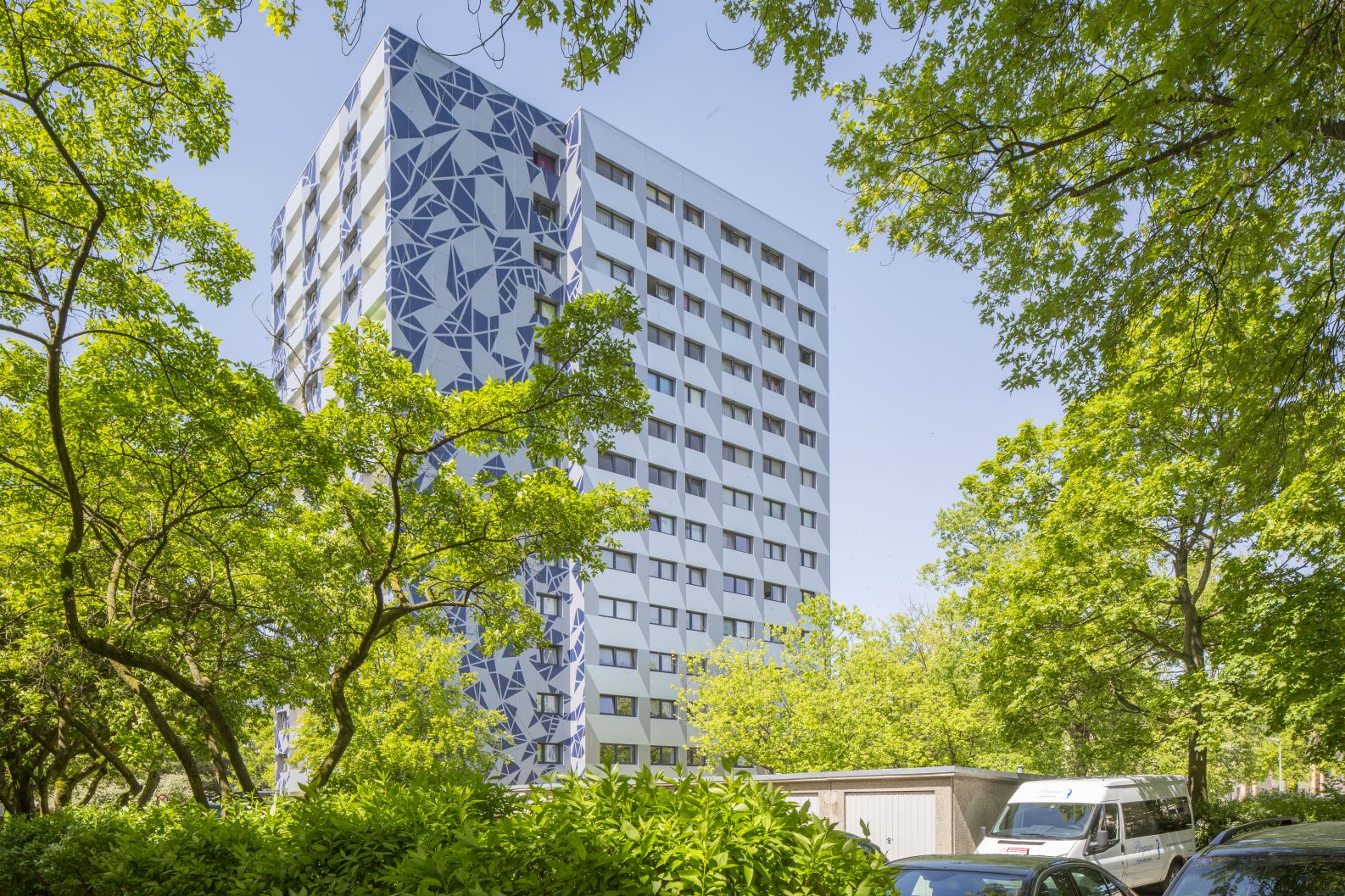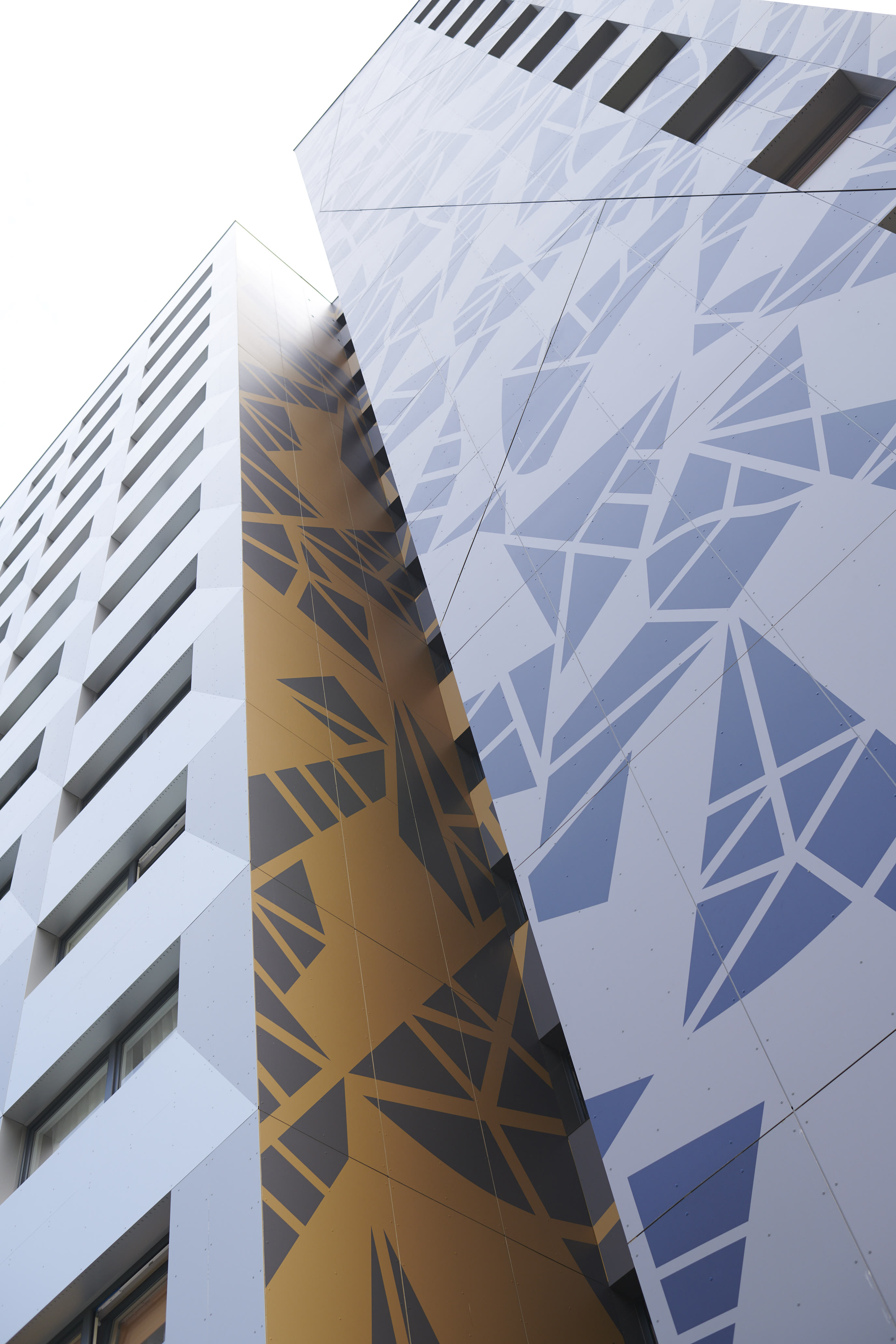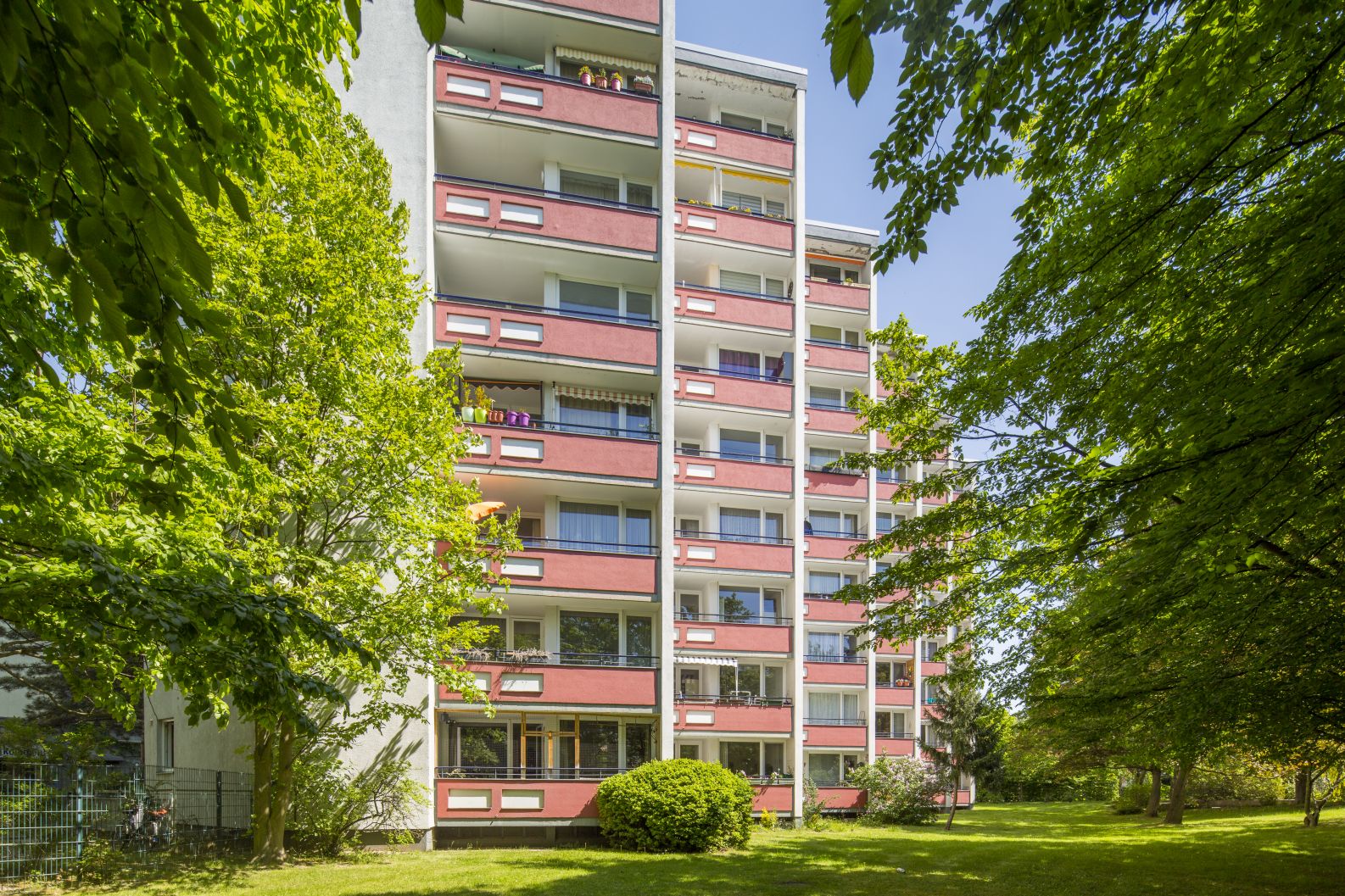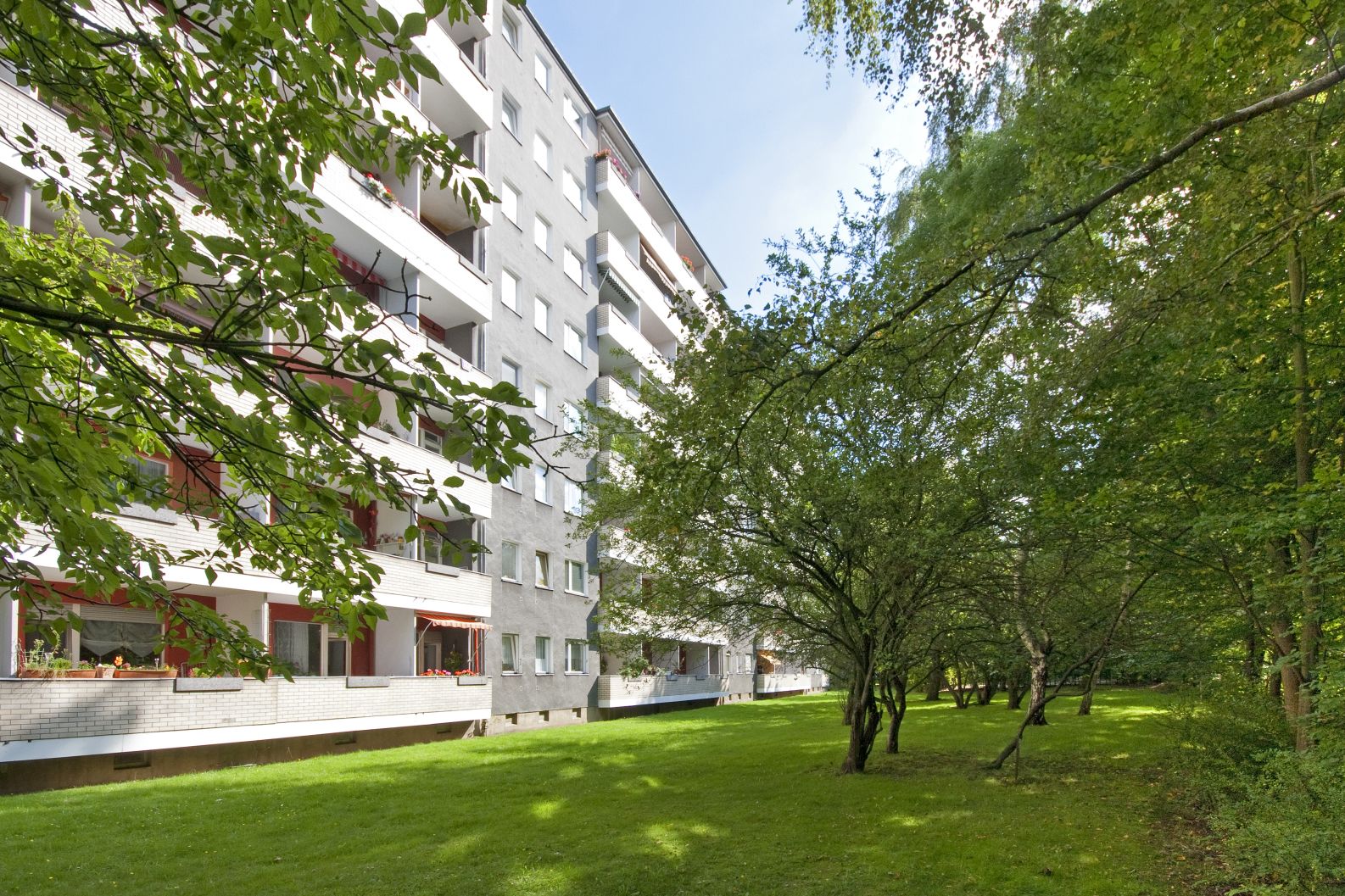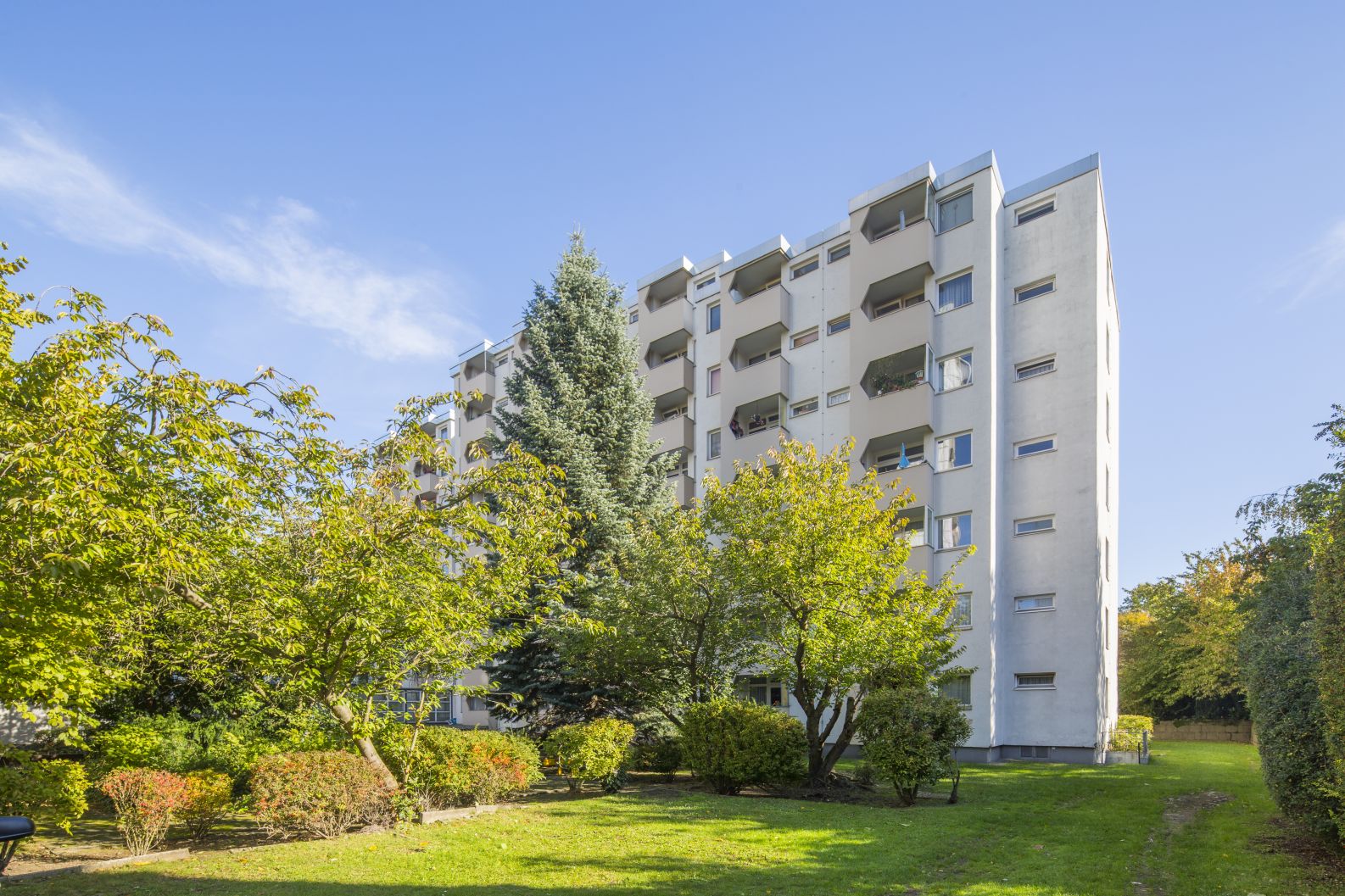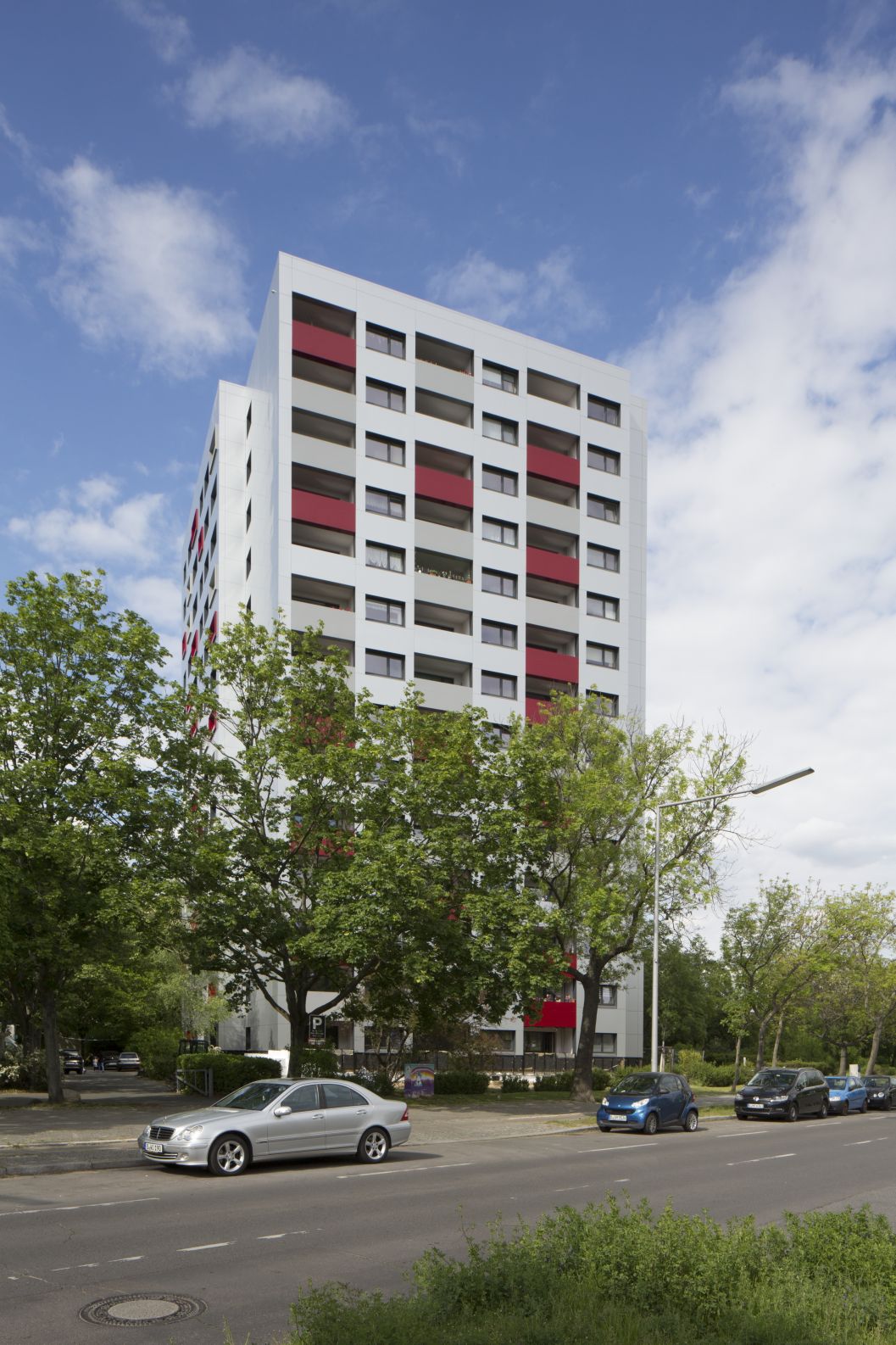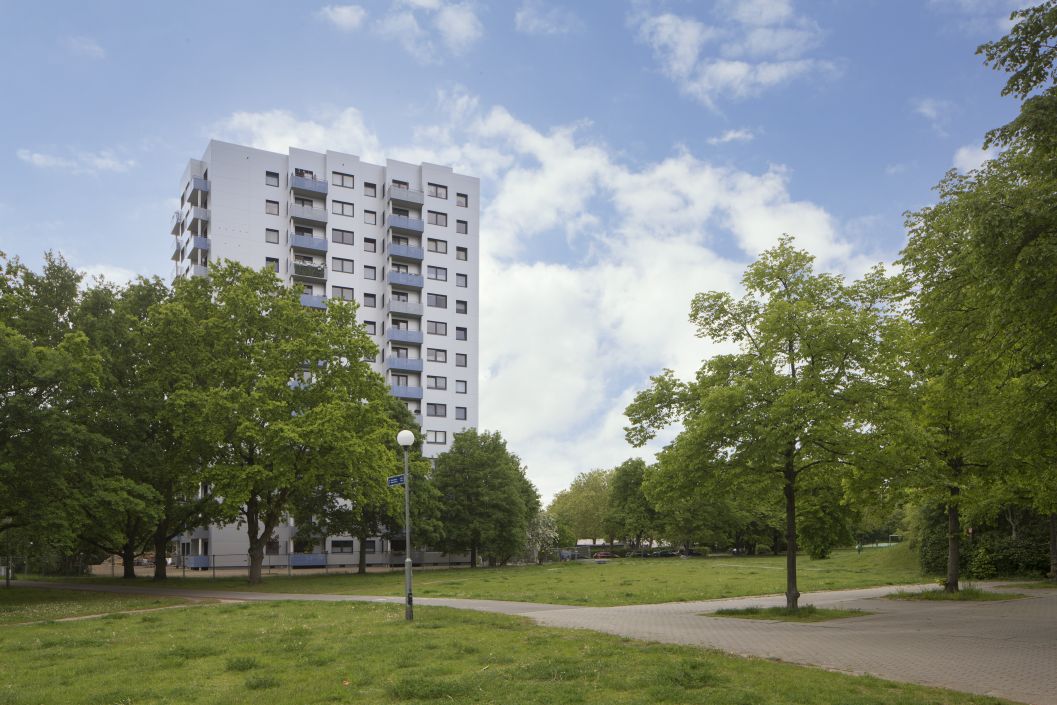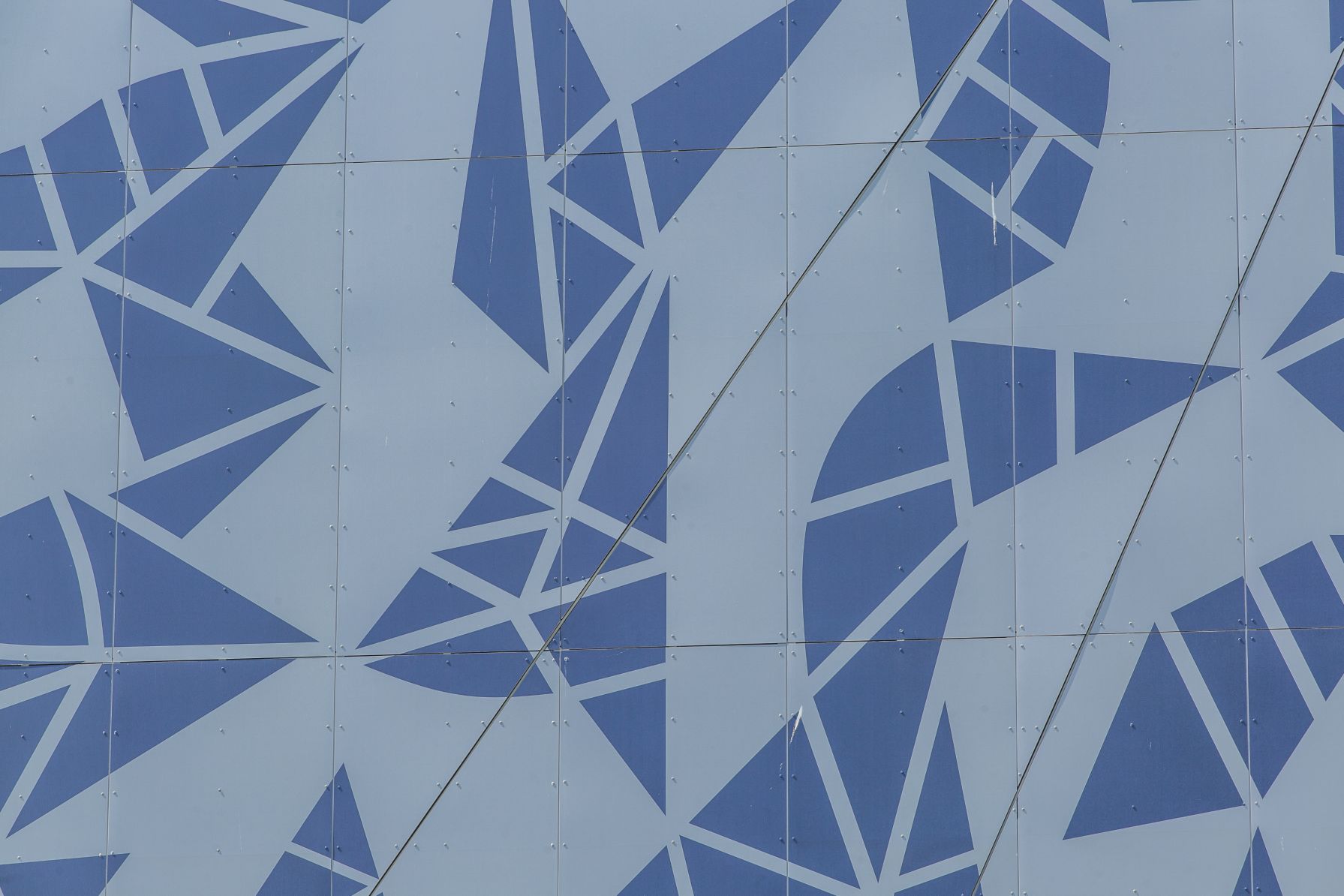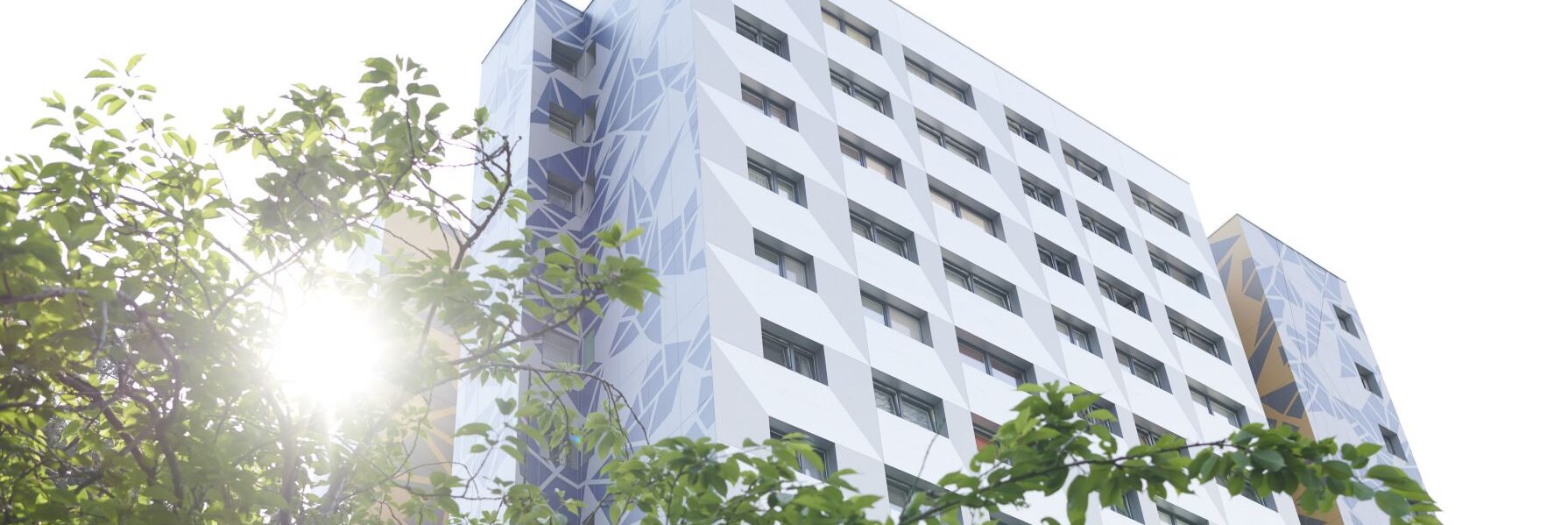
Large, popular and energy-efficient
Gropiusstadt is a city of superlatives. It all starts with Walter Gropius, who gave the building his name and is one of the most influential architects in the world. His mission was to quickly create a lot of new housing in West Berlin, still very much affected by the Second World War. The GEHAG, which later merged into Deutsche Wohnen, also commissioned him to do so.
The goal was to create 18,000 apartments for 50,000 people within ten years – a major feat. Planning began in 1959 and the first Berliners moved in in 1964. The construction work included four underground railway stations, a swimming pool, a shopping centre as well as schools and nurseries. Then 15,000 trees were planted. Here, in the Berlin district of Neukölln, between the old housing estates of Britz, Buckow and Rudow, Deutsche Wohnen now owns more than 2,200 residential units and is therefore an important part of this large housing estate.
Opinions on high-rise buildings and large housing estates differ. However, most people in the houses of Deutsche Wohnen in Gropiusstadt enjoy living there and have done so for a long time. This comes as no surprise if you know the flats. They are divided in a practical way and appear spacious. They are also very bright with large window fronts and many of the houses and floors enjoy a good, lively neighbourhood. Many of the first-time occupants still live in the neighbourhood today and enjoy living here. Over the past few years, a large number of young families have moved here – to the very south of Berlin bordering on leafy Brandenburg. For good reason – there is a wide variety of local retailers, the nurseries and schools are easily accessible, there are several medical centres and many green areas. On top of this, the high-rise buildings often offer a sensational view of Berlin. And the about 440 flats for senior citizens, which are part of the portfolio, are also very popular.
An interesting eye-catcher
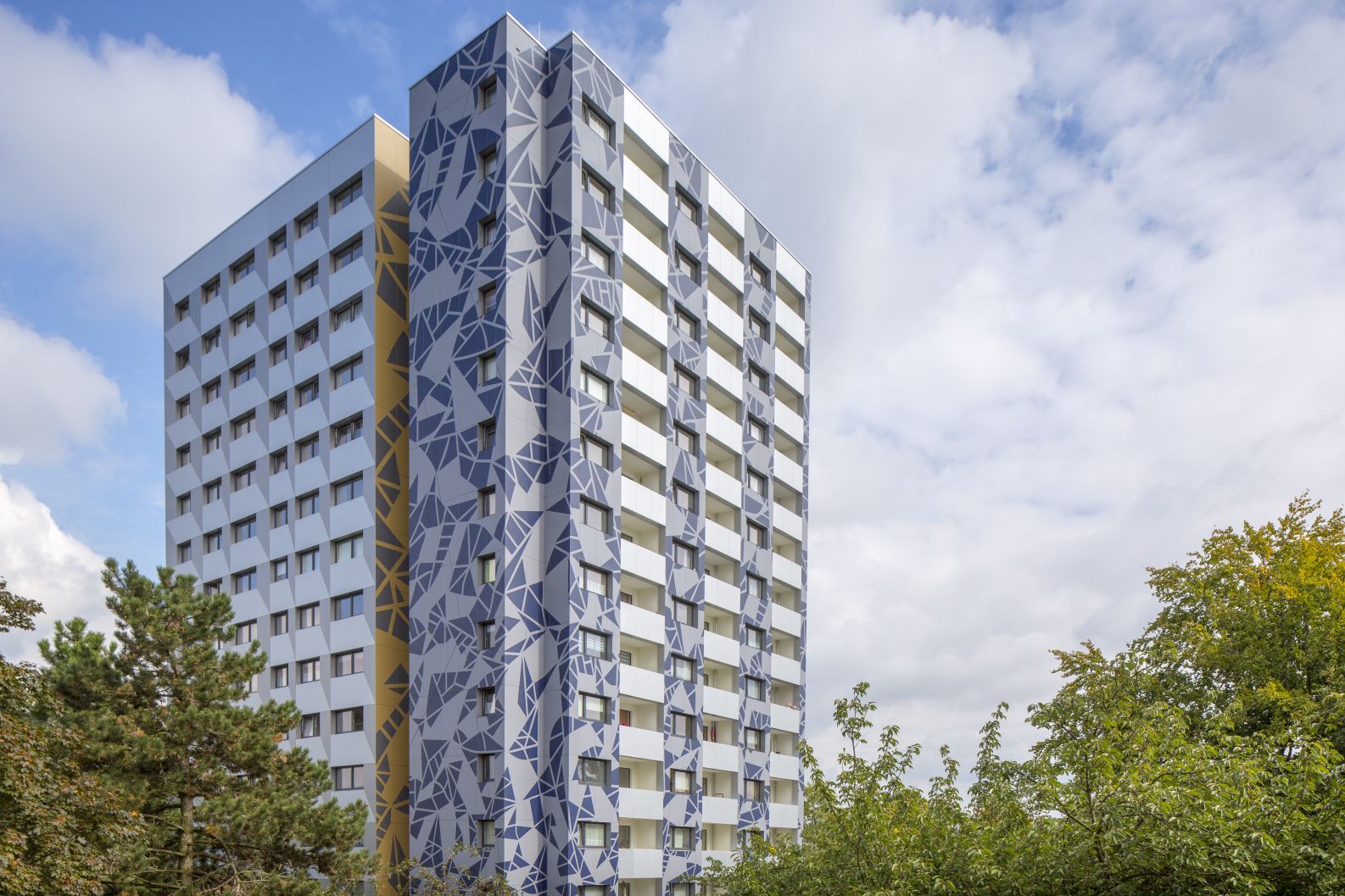
Deutsche Wohnen is the owner of 16 high-rise buildings in Gropiusstadt, which were extensively refurbished between 2016 and 2021. An interesting eye-catcher was created for the large housing estate: the architects have designed an extraordinary facade for the Stieglitzweg high-rise building under the motto of ‘Vertical Urbanism – the vertical Gropiusstadt’. This is partly covered with ALUCOBOND® panels reflecting the sun, sky and clouds. Less obvious is the fact that much has been done to save energy. As a result, less energy is used for heating and carbon dioxide emissions have been reduced.
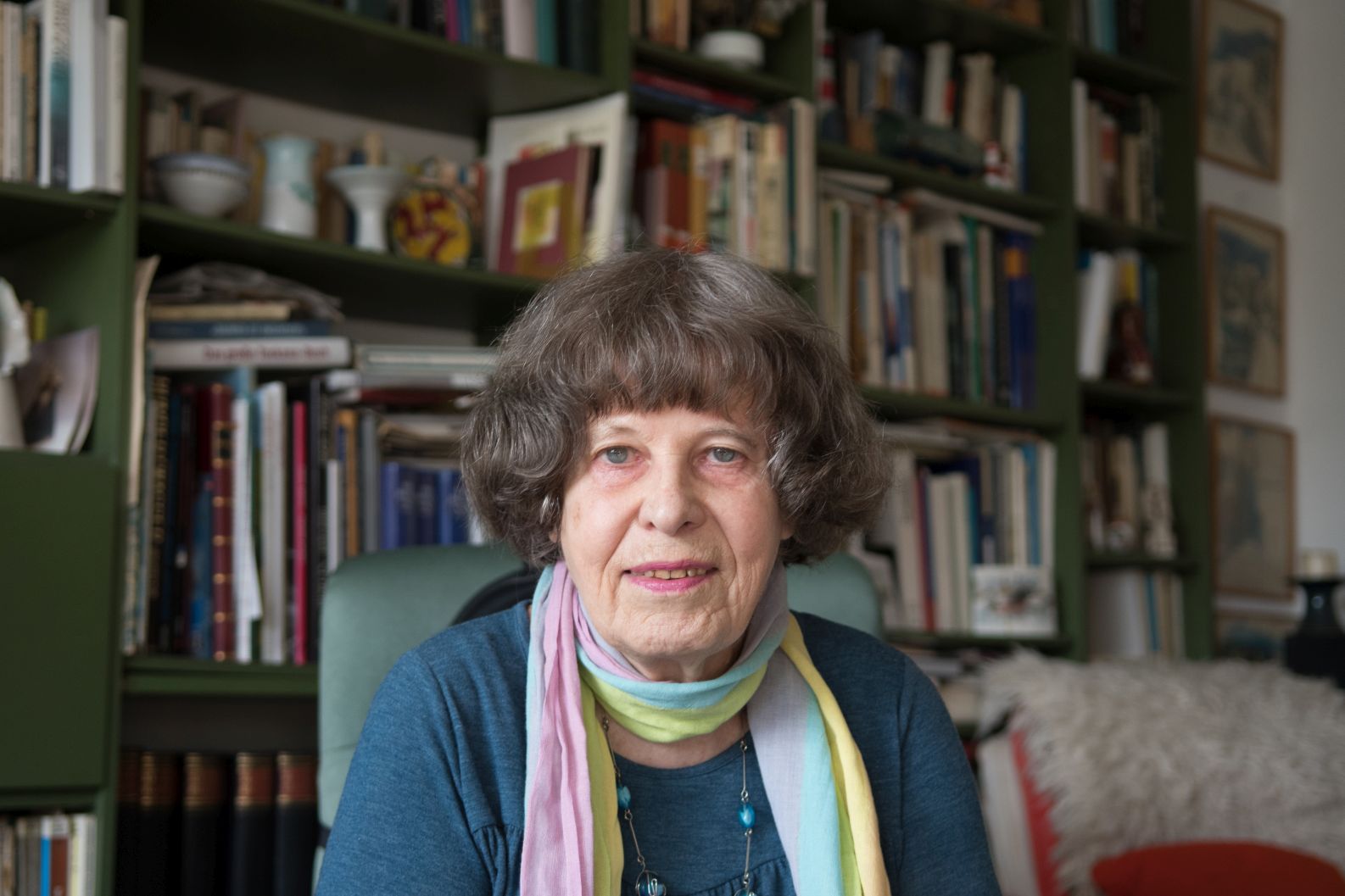
A visit to Gropiusstadt
Christa Betz has been living in Gropiusstadt for more than 50 years – and loves living here. She also worked as head of the town library here as well. A visit and a cup of coffee with someone who has a lot to say.
Read more